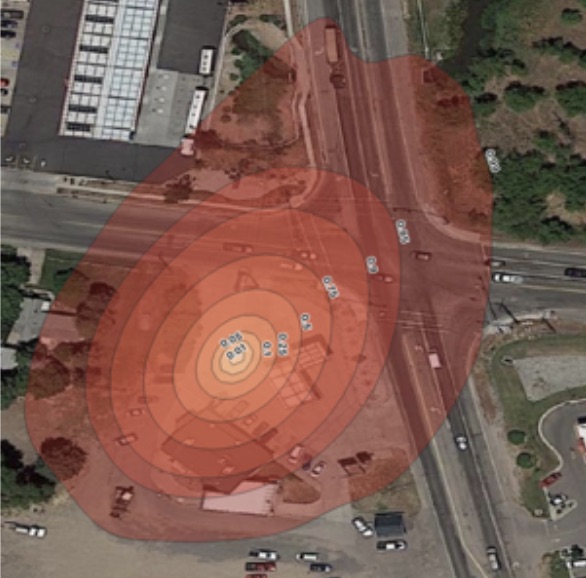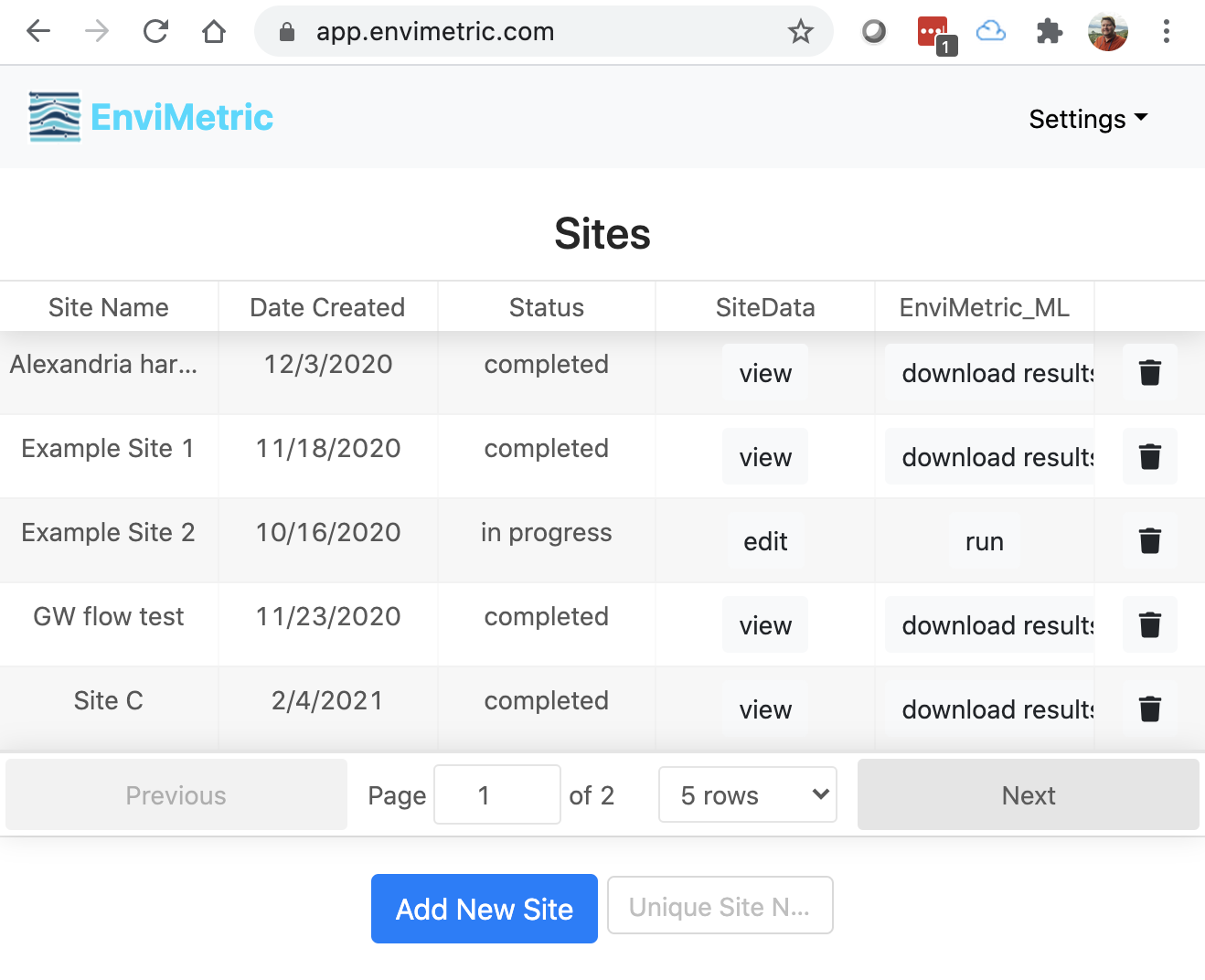
EnviMetric is a method of creating a forecast for how widespread the contamination of soil and groundwater is after a leak or spill is discovered. When environmental scientists and engineers investigate these sites it requires many hours of analysis, days of field work on-site to collect hydrology, chemistry, and geology data from the site in order to create a good conceptual site model of the contamination.
These models can be quite expensive to develop and they are so important to get right, because all the remediation actions and decisions by regulators hinge on the understanding of how much material is beneath the surface, how concentrated is it, is it moving, and what is the overall footprint of the effected area.
EnviMetric is a data driven approach that compiles all of the discoveries and learning from thousands of prior LNAPL, DNAPL, and PFAS sites into a predictive model that describes where the effected area is - how far from the origin, how widely is it dispersed, and how deep does it go. By using our machine learning approach, a branch of artificial intelligence, we can synthesize all of the millions of bits of information gained from years of site investigation, and fit it to the target site.

All of this is done without any new field work, instead leveraging what has already been learned about the target site, compared to the thousands of others in our collection.
Far from being a 'black box', the EnviMetric model comes with a complete explanation of how the resulting model output was derived, a description of the data relationships that drive the model output, and statistical data that put the model in context with actual sites with similar geography, hydrology, chemistry, and geology.